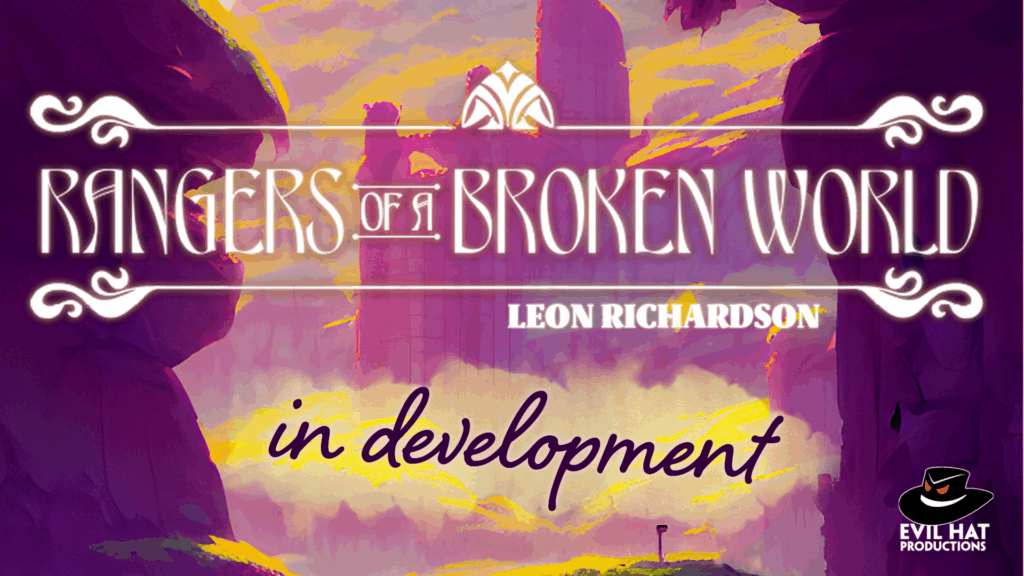Welcome to the 14th post in a series of Design Diaries for Rangers of a Broken World by the creator Leon Richardson:

…
Dragons might be my favorite inhabitants of Amylte, and for the life of me I have no idea where their idea first came from. Much like the dragons themselves, I suppose, they just came into being suddenly, without really having a “birth”. I identify a lot with them, for some reasons that are obvious and some that I’m still unraveling. These weird serpents are, I guess, strangely personal.
The dragons of Amylte are not “born” – they appear when magic is stretched between two Deiliths. Because the gods of this world are stationary (except Hector), the ethereal connections between two of them remain stable for a long time, long enough for stretched out serpentine creatures to form. I determined this about them first, that they were stretched into being like hand-pulled noodles, and followed the logic from there.
Because they simply come to exist, instead of reproducing, dragons are agender and asexual. They don’t need these things, logically.
Because of my tween and teen fascination with shapeshifting D&D dragons, I knew I wanted dragons to be shapeshifters, too. I gave them flexible forms, so they could mimic any number of creatures.
Having an alien nature meant that they likely didn’t truly understand the people around them, but they could certainly learn more about them, maybe even well enough to take a human shape convincingly.
And before I knew it, oops, the dragons were neurodivergent. Oops, they feel alienated from people. Oops, they’re masking. Oops. Oh no, wait, I myself am asexual and neurodivergent! Oh no! Oops! Oops!
So I have a great affection for these peculiar serpents as they learn about the physical world from the outside. Sometimes it feels like that’s what I do myself, after all.
Dragons are not hostile to humanity, not usually. The Shadow Monarch, a 500-year old dragon who lives in the ruins of the Old Capital, has even been chosen as a Ranger by Beckoning Atossa. They may make surprising, strange, and wonderful encounters for your table.
If your table wants to help them learn, facilitate a little cultural exchange, or maybe even defuse a tense situation, then the Crisis design chapter in the book is there to help you build an encounter with a creature way too powerful for the world it’s trying to explore.
